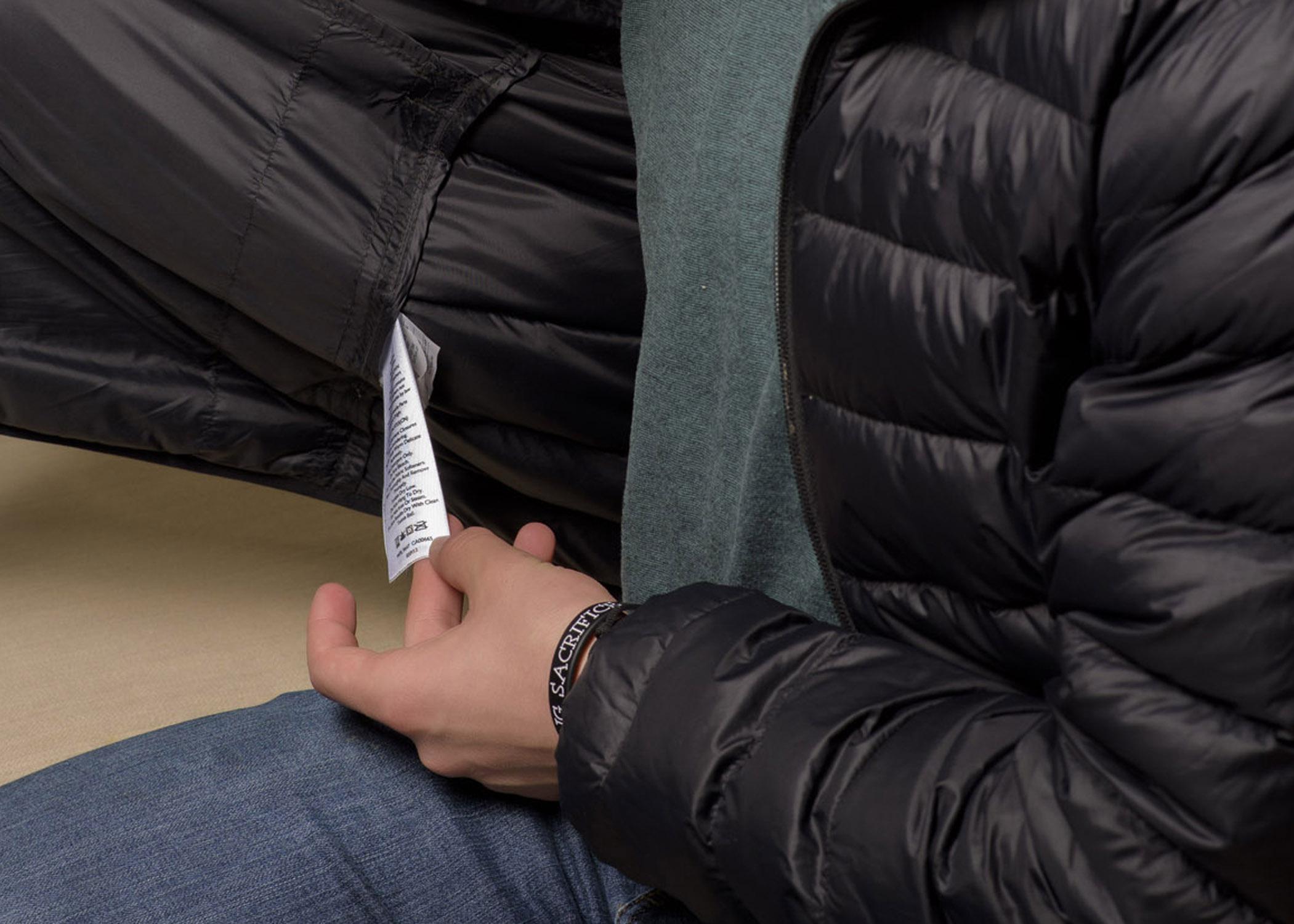Information Possibly Outdated
The information presented on this page was originally released on January 26, 2021. It may not be outdated, but please search our site for more current information. If you plan to quote or reference this information in a publication, please check with the Extension specialist or author before proceeding.
Attention to detail keeps clothes safe
STARKVILLE, Miss. -- Clothes manufacturers have made upkeep simple for many items of clothing, but owners may not always know how to handle pieces that need special care in the wash.
Amy Walsh, Mississippi State University Extension Service agent in Amite County, said sorting clothes before washing is an important first step. The label inside clothes often spells out whether an item needs bleach, cold or hot water, or high or low heat in drying.
“Clothing should be sorted by color and how dirty the item is,” Walsh said. “You should separate colors by whites, lights, medium colors and darks. You can also sort by fabric types, especially when dealing with delicate items, to give your clothes the best care.”
Sorting out the dirtiest clothes to wash separately prevents the other clothes in the load from collecting the washed-off dirt.
“The dirt from the heavily soiled items will fill the water and could actually settle in the other clothes, meaning your clothes could come out of the wash dirtier than when they went in,” Walsh said.
She recommended washing loose-knit clothing or towels together and not mixing them with other items. These types of items tend to produce a lot of lint, and washing them separately prevents it from covering other items in the load.
“Today’s washing machines have many settings for load sizes and gentleness, so you don’t have to wait until you have a large load to wash items,” Walsh said. “It is okay to wash small loads.”
Terri Thompson, MSU Extension agent in Jackson County, said clothing care does not end with washing.
“Use the label inside clothing to learn if an item of clothing should be hung to dry, laid out to dry or can be put in a dryer,” Thompson said. “If an item can be dried in the dryer, check the label to see if it says to tumble dry or use another setting on your dryer.”
While some clothing care is spelled out in words, other pieces of clothing use symbols to indicate how a piece can and cannot be treated. Standardized drawings indicate whether an item can be machine washed, ironed, machine dried or bleached. A line through the symbol warns against using these treatments when laundering an item.
A quick internet search for clothing label symbols will reveal what each one means and will allow a person to correctly care for a ready-to-wear garment.
But not all clothing comes from the store with a tag outlining its proper care. Carolyn Floyd, an Extension Master Clothing Volunteer since 1997, lives in Brandon and makes all her own clothing and much of her husband’s clothing.
“I don’t purchase anything much but fabric,” Floyd said. “I try to use natural fibers for the most part, and I wash the fabric before cutting and sewing so I know how it will handle the care I will give it.”
Floyd always pretreats fabrics she is using for a project, and she encourages anyone making clothing or other items to do the same. This step reveals any color, texture or shrinkage issues that may be present with the fabric.
“I recently purchased some 100% linen fabric to make dish towels,” Floyd said. “I hemmed the fabric, then washed it twice in hot water, losing several inches of the original yardage and a great deal of lint, as expected.
“These are now wonderful dish towels, but if this had been a garment that I had already made, it would have been a disaster,” she said.
Floyd gets her clothing care information on the bolt of fabric at the store. The labels provided with the fabric describe what kind of care is best for the material.
Floyd said a variety of factors influence a fabric’s functionality as clothes. Many depend on the ultimate use, whether to provide warmth, clothing for an infant, or garments for athletic or outdoor activities. Certain brands are known for using quality fabric made from good yarn, consistent weaves, even dying or printing, and proper surface treatments.
“All of these factors contribute to how a fabric will stand up to use,” Floyd said.
The American Cleaning Institute is a good resource for offering information on stain removal and cleaning.






